Safety Precautions to Take in an Excavation Project You Need to Know
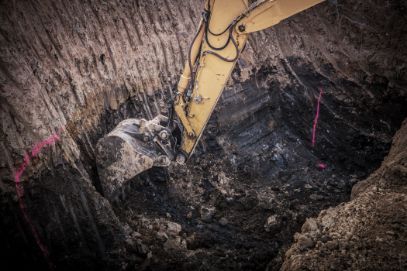
No matter your excavation method of choice, it is crucial that you take proper safety precautions to safeguard both yourself and those around you. Hazards you could face include flooding, cave-ins and dangerous environments - to mitigate such situations, you must maintain adequate dimensions and security measures around the clock.
Cave-Ins
When undertaking an excavation project, using protective systems can be lifesaving. Four primary forms of protective systems exist: shoring, benching, sloping and the shield.
Shoring is an increasingly common practice used to avoid cave-ins and protect workers. The best shoring type depends on your project; aluminium hydraulic supports or other shoring systems can help eliminate cave-ins.
Benching can provide workers with protection from the hazards associated with excavation. Shoring can help keep the earth in place while creating an organised work area.
An integral component of any protective system is its capacity to resist all the loads and forces associated with your project. Depending on its nature, you could build support structures from steel, wood or even soil - so don't settle for anything less!
Your workers' safety should always come first. Make sure they know about any risks involved with their job and its requirements before beginning, and save yourself from costly changes later on by doing this.
Construction projects pose numerous hazards, from falling loads and hazardous atmospheres to mechanised equipment hazards. These threats can be reduced or avoided altogether through proper planning - the Occupational Health and Safety Act provides for this protection; devising an effective safety plan will keep workers safe during each construction project.
Floods
Understanding how flooding affects excavation projects can save both money and time. By understanding their effects, you can avoid costly disasters while protecting personnel and equipment from harm.
At a minimum, it is a wise idea to establish a comprehensive builder's risk policy. Such a plan should cover every stage of construction from inception to completion to ensure adequate safety measures and compliance with both local and state laws are in place. Furthermore, installing water detection devices on site can significantly minimise financial and environmental risks.
For optimal solutions, you should contact your local authority. These groups often deal with flooding-related matters and can advise you on best practices and provide practical mitigation measures.
Additionally, installing some water-proofing barriers can reduce risk. This is especially important if working in areas prone to flash flooding.
As with any project involving floods, it is wise to plan for flooding events by devising a comprehensive strategy designed to safeguard equipment and personnel while using water detection devices as alerts to any potential problems.
Additionally, to protect both your site and personnel from flooding, it may be beneficial to install some flood-proofing barrier. This will minimise financial damages while helping keep your project on schedule.
Diggers must take precautions when excavating, as hazardous atmospheres threaten their safety and health. You will require respiratory protection, safety harnesses, and emergency rescue equipment to operate in these potentially harmful conditions.
Hazardous environments are found at waste sites, landfills, chemical plants and refineries, often toxic or inhalable environments that contain dangerous gases like carbon monoxide.
Before beginning any construction project, a pre-construction site survey should be conducted to detect potentially hazardous environments and ensure your workers don't risk injury.
Hazardous atmospheres may arise in excavation projects when working with heavy loads of dirt and rocks. This is particularly hazardous because heavy loads may crush or trap workers beneath them; water may accumulate under these loads and create cave-ins.
Excavation and trenching present additional hazards besides heavy loads, including accidents caused by accidents such falling loads or mobile equipment hazards.
Trenches deeper than four feet must undergo atmospheric testing, which a licensed professional must administer.
Atmospheric testing requires an initial site inspection to assess if protective systems are in place, monitor water removal equipment and ensure all personal protective equipment, such as safety shoes, hard hats, and fall protection devices, are accessible and functional.
Workers in deeper excavations must also use ventilation systems to protect themselves from toxic gases like carbon monoxide and hydrogen sulphide, which may pose health hazards.
Proper Dimensions Should Be Maintained
When undertaking an excavation project, its proper dimensions should be protected. An excavation is a depression in the earth's surface caused by human intervention. Soil should be checked for previous disturbances and any existing underground structures and vibration sources that might disturb its stability during excavation.
If an excavation requires support through shoring systems, these should be removed slowly and carefully. Before freeing its members from these support systems, it would be a good idea to inspect for tension cracks, cave-ins, or any other conditions which might pose hazards before unhooking any members from them and releasing the members - this inspection might include checking for tension cracks, cave-ins, tensioned cables, or anything else which might pose risks - on its sides and checking whether other support systems might be required depending on its depth - before beginning backfilling operations after unhooking support systems have been unhooked from support systems & dismantled & removed.
Call us at 02 4202 6381 for all your excavation needs. Our experienced team prioritises safety and takes the necessary precautions to protect workers and the surrounding environment. Contact us today for reliable and safe excavation services.
You Might Also Like

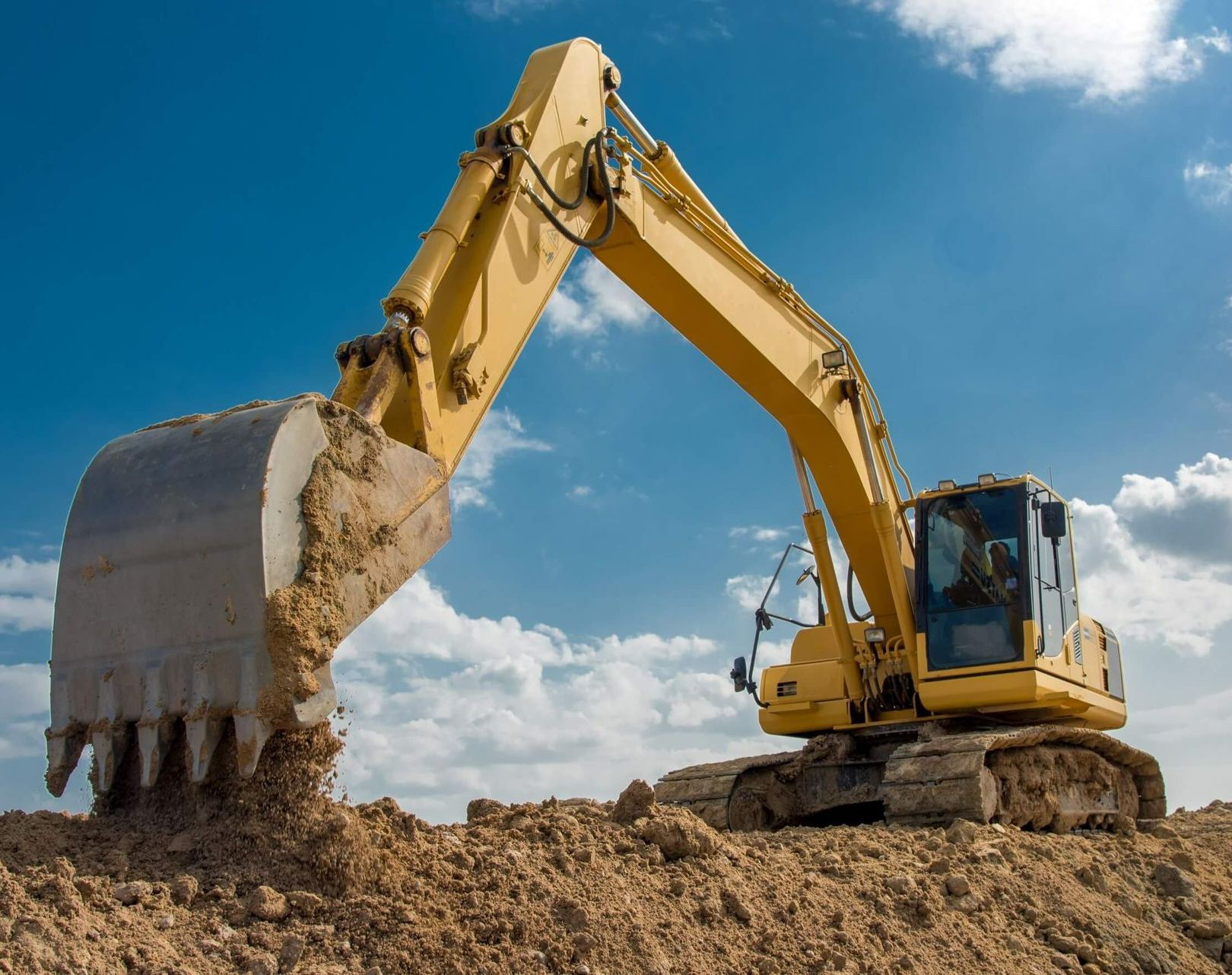



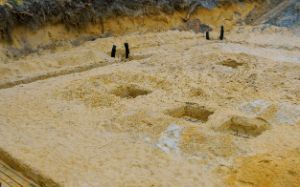
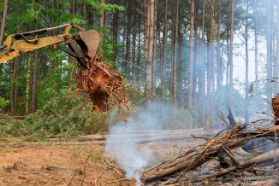
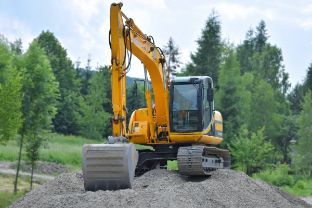
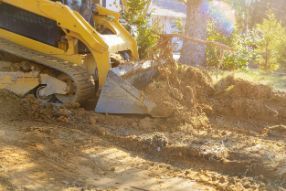
Free Instant Quote
**plus FREE bonus coupon**
Contact Form
We will get back to you as soon as possible.
Please try again later.
© 2022 AR Excavation Wollongong
This is a referral site.